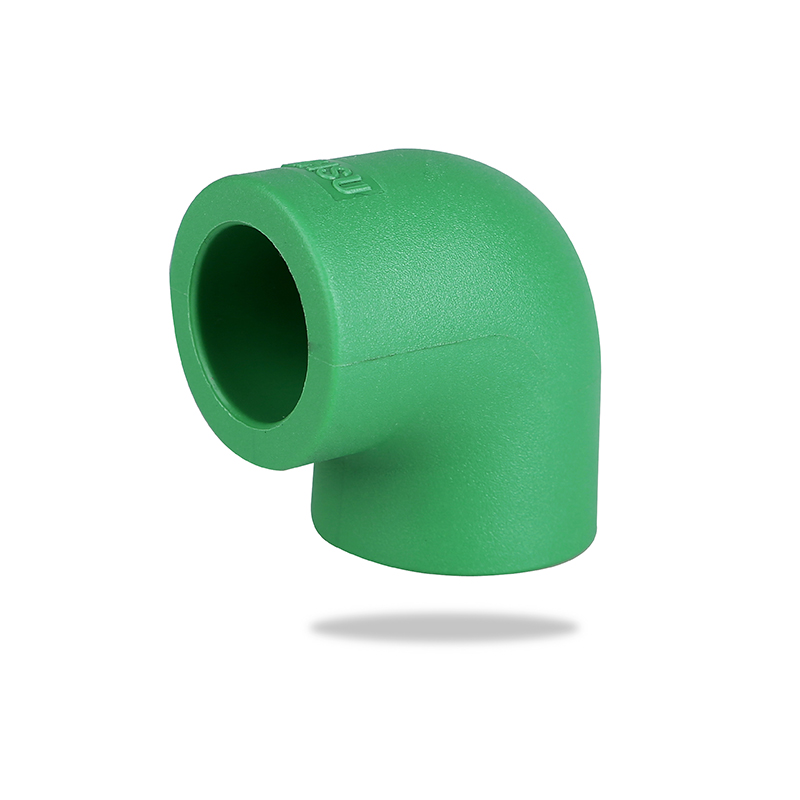To ensure a secure, leak-free connection when installing PPR (Polypropylene Random Copolymer) fittings, it is essential to follow best practices meticulously. Here are the key steps and tips to achieve optimal results:
Preparation
Proper Planning:Plan the piping layout and measure the lengths accurately to minimize waste and ensure a precise fit.Clean and Inspect:Ensure that all PPR pipes and fittings are clean and free from any debris, dust, or damage before starting the installation.Cutting the Pipe:Use a sharp PPR pipe cutter to make clean, straight cuts. Avoid using saws or other tools that can create rough edges.
Heating and Welding
Use the Correct Welding Machine:Use a high-quality PPR welding machine designed specifically for PPR pipes and fittings. Ensure the machine is clean and in good working condition.Set the Correct Temperature:Heat the welding machine to the appropriate temperature, typically around 260°C (500°F), as recommended by the manufacturer.Heating Time:Follow the recommended heating times based on the diameter of the pipes and fittings. Overheating or underheating can compromise the weld quality.

Joining Process
Align and Insert:Ensure the pipe and fitting are aligned correctly before heating. Insert both the pipe and fitting into the welding machine simultaneously.Proper Depth:Insert the pipe into the fitting to the recommended depth, which is usually marked on the fitting. Do not twist or rotate the pipe while inserting.Heating and Welding:Heat the pipe and fitting for the specified time, then quickly remove them from the welding machine and join them together immediately. Apply even pressure to ensure a tight fit.Cooling Time:Hold the joint steady for a few seconds to allow the material to fuse properly, then let it cool naturally. Do not disturb or move the joint during the cooling process.
Inspection and Testing
Visual Inspection:Inspect the weld visually to ensure it is smooth and even. Look for any signs of gaps, misalignment, or imperfections.Leak Testing:After completing the installation, conduct a pressure test to check for leaks. Fill the system with water and pressurize it according to the relevant standards and manufacturer's recommendations.
Additional Tips
Avoid Contamination:Ensure the work area and tools are clean to prevent any contamination that could affect the weld quality.Proper Storage:Store PPR pipes and fittings in a cool, dry place away from direct sunlight and extreme temperatures to prevent material degradation.Follow Manufacturer Guidelines:Always follow the manufacturer's guidelines and recommendations for installation procedures, heating times, and temperature settings.Training and Certification:Ensure that the installers are properly trained and certified in PPR welding techniques. Regular training updates can help maintain high installation standards.Use Compatible Components:Use PPR pipes and fittings from the same manufacturer to ensure compatibility and reduce the risk of leaks.
Common Mistakes to Avoid
Incorrect Heating:Avoid overheating or underheating the pipe and fitting, as this can lead to weak joints and potential leaks.Misalignment:Ensure that the pipe and fitting are properly aligned before and during the heating process to avoid stress on the joint.Rushed Cooling:Do not rush the cooling process by using water or other cooling methods, as this can create weak points in the joint.
By following these best practices, you can achieve a secure, leak-free installation of PPR fittings, ensuring the reliability and longevity of the piping system.

 简体中文
简体中文 English
English русский
русский Español
Español Français
Français عربى
عربى Português
Português












